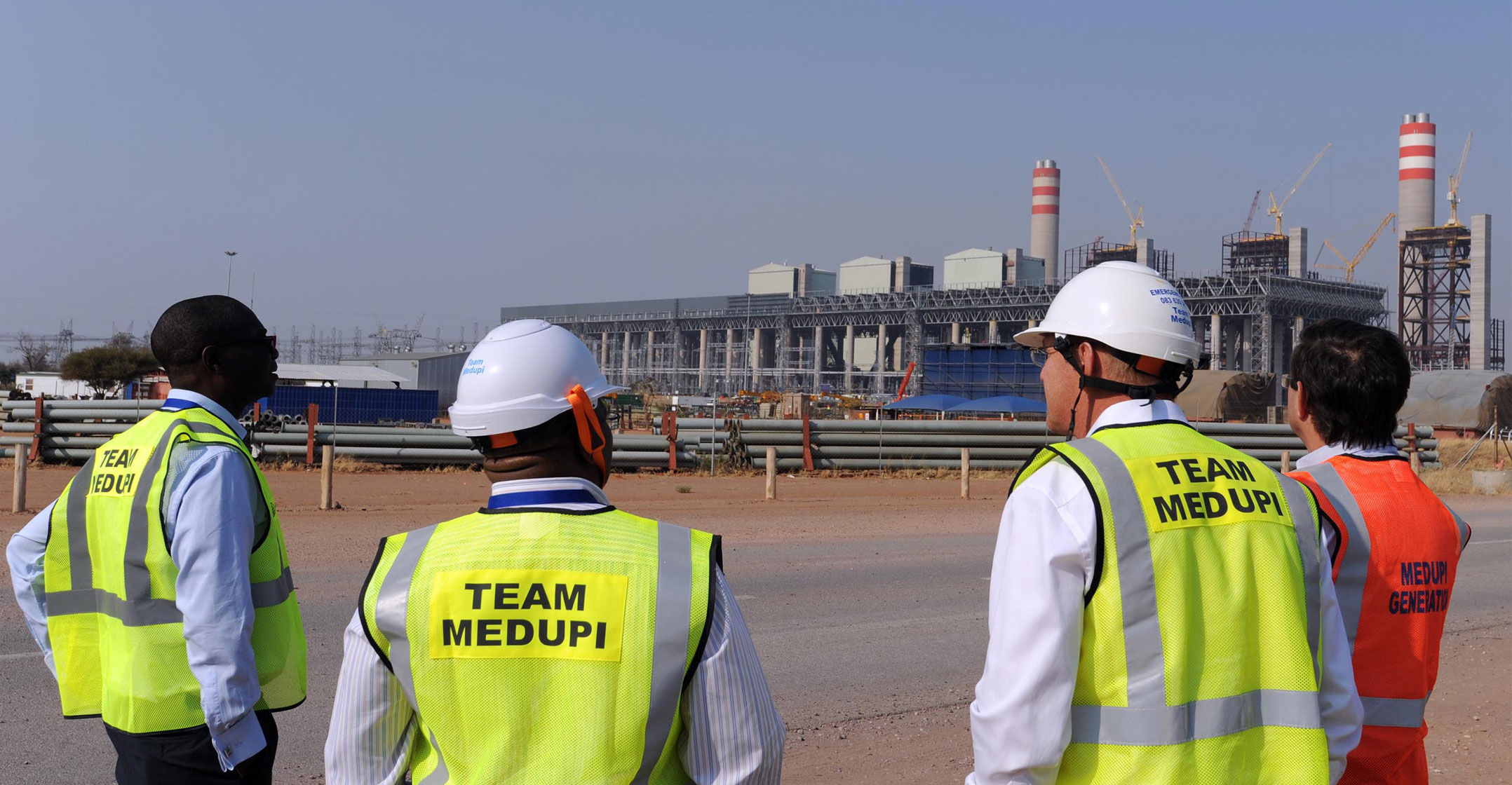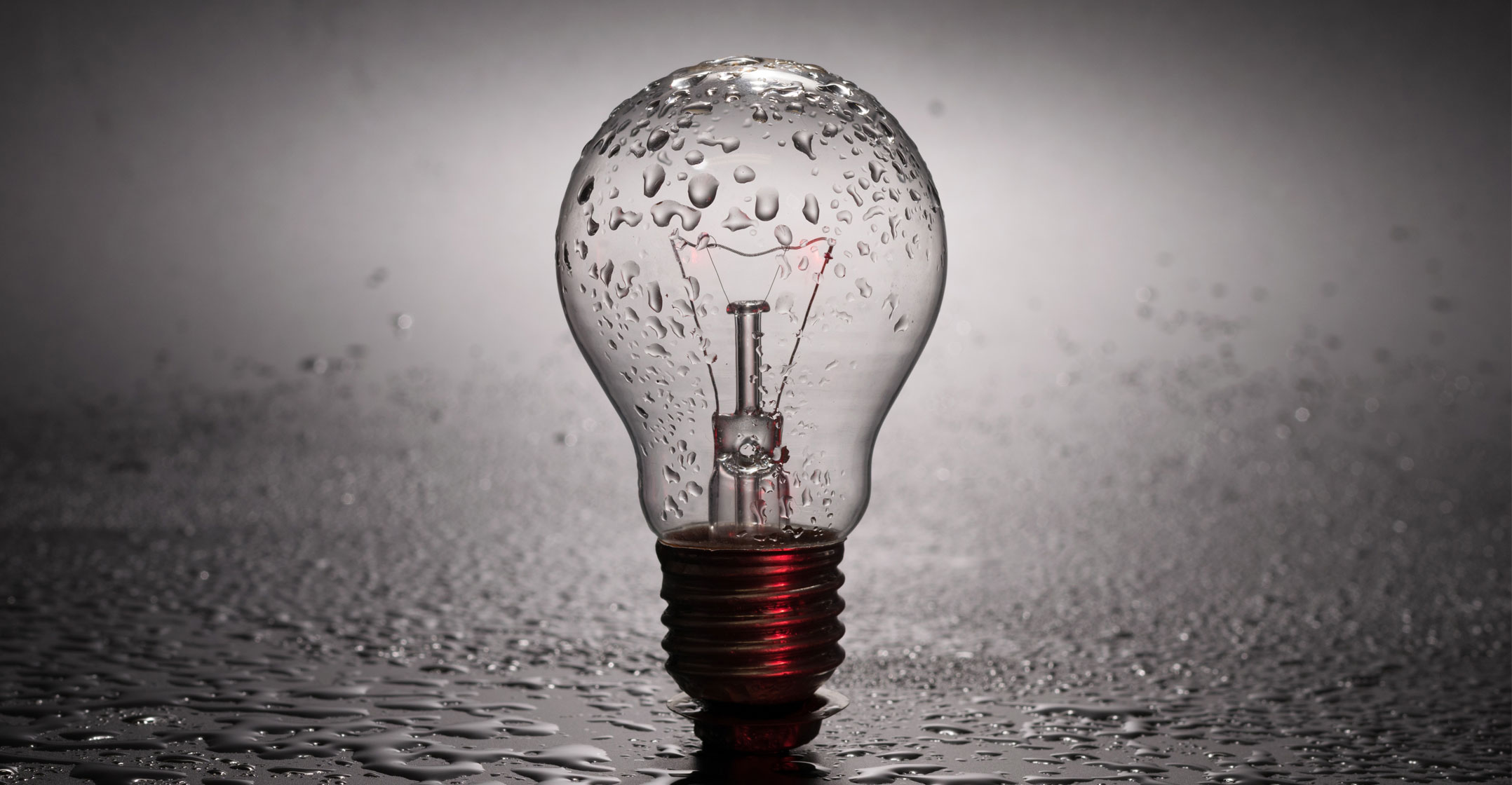
Eleven years after construction started on Eskom’s massive 4.8GW Kusile coal-fired power station in Mpumalanga, not one of its six 800MW generator units is currently delivering power into the grid.
Construction started at Kusile in 2008, and all six generation units were planned to be in commercial service by the end of 2014. However, the sad reality is that by the end of July 2019, five years after 2014, only unit 1 at Kusile has been handed over for commercial service.
While units 2 and 3 have been synchronised to the grid, they are still undergoing testing and commissioning, and the units are not in commercial service yet.
“It must be noted that only unit 1 is in commercial operation, and units 2 and 3 are still in the commissioning process following first synchronisation,” said Eskom deputy spokesman Dikatso Mothae.
But worse, major design, execution and operational problems are being experienced, and currently all three units at Kusile are down and out of service for various reasons.
A routine inspection on unit 1 recently found some defects in various areas of the plant, which are now being repaired. The planned date for return-to-service of unit 1 is the second week of August 2019.
On unit 2, a failure event was experienced on the induced draft (ID) fans in the first week of July 2019 after returning the unit to service from an inspection, and some minor repairs were done. The exact cause and reinstatement plan is presently under review.
Shut down
Unit 3 is shut down for coal mill inspections and maintenance in order to continue with commissioning and plant optimisation before handover for commercial operation can take place. The expected return-to-service for unit 3 is end-August 2019.
Spares are said to be “mostly” available. However, some plant equipment is being “borrowed” from various contractors.
“This plant equipment had been destined for unit 6, but it will be procured by Eskom and supplied by the various contractors before unit 6 is commissioned,” the power utility said.
In plain terms, some essential spares are not available, and unit 6 at Kusile is being stripped for certain replacement parts needed for units 1, 2 and 3.
 There are similar problems at Eskom’s Medupi power station, which has the same design, plant and contractors as Kusile, and is also under construction and running several years late.
There are similar problems at Eskom’s Medupi power station, which has the same design, plant and contractors as Kusile, and is also under construction and running several years late.
At Medupi, units 6, 5, 4 and 3 have been handed over for commercial service, while unit 2 is undergoing commissioning, with unit 1 still under construction. All units at Medupi were intended to be in commercial service by the end of 2013.
Some of the known problems at Medupi and Kusile are that the boiler height is too low for the slow-burning coal found in South Africa, which leads to a number of boiler operating problems.
The coal mills are also said to be of a type that results in inadequate fineness of the milled coal. Again, this causes problems within the boilers, as well as excessive wear, maintenance and downtime of the coal mills.
Excessive wear and tear is also being experienced on the ID fans, which draw the flue gas and ash dust from the boilers, through the fabric filter and flue gas desulphurisation plant, and up the smoke stack.
The pulsed-jet fabric filter plant, which extracts ash-dust from the flue gas, is not functioning properly. The main contractor for the ash-handling plant has gone into business rescue, closed its construction site offices, and removed all site personnel from the Medupi and Kusile sites.
Inadequate skills
The construction sites have also been plagued by legendary procurement irregularities and fraud, and the site management appears powerless in the face of inadequate skills, low productivity and union obstructionism. Indeed, unions and unionised workers are said to be effectively in control of the construction sites.
Question marks hang over Kusile on whether construction of units 5 and 6 should proceed, or whether Eskom should cut its losses and abandon further work on these units.
It is clear a comprehensive, independent business case study may be required to determine the viability of proceeding.
There are significant risks that Kusile may indeed become a premature white elephant and stranded asset if the levellised cost of electricity (LCOE) from the power station makes it impossible for the plant to compete against lower-cost, cleaner and more flexible generation options in a competitive environment.
 The high LCOE would result from the technical problems, low energy availability factor, reduced energy output, coal supply problems, water restrictions and carbon taxes, which are likely to increase in future years.
The high LCOE would result from the technical problems, low energy availability factor, reduced energy output, coal supply problems, water restrictions and carbon taxes, which are likely to increase in future years.
Eskom is to announce its results on Tuesday, 30 July for the financial year ending 31 March 2019, with a bottom-line loss for the year expected to be in the region of R25-billion. This would make it the biggest company and state-owned enterprise loss by far in the history of South Africa.
But with the massive cost and time overruns at Medupi and Kusile, and the liability of owning power plants that generate expensive, dirty, coal-fired electricity with high carbon emissions, in a world transitioning to a low carbon future, this R25-billion loss may seem like peanuts when the inevitable write-down of unrealistic asset values occurs.
It has been said that Eskom is “too big to fail”. However, the Eskom ship is listing in choppy seas, leaderless and rudderless, while the band plays on, because the players have little idea of what else to do to save the situation.
- Chris Yelland is investigative editor at EE Publishers
- This article is republished with permission from Moneyweb




